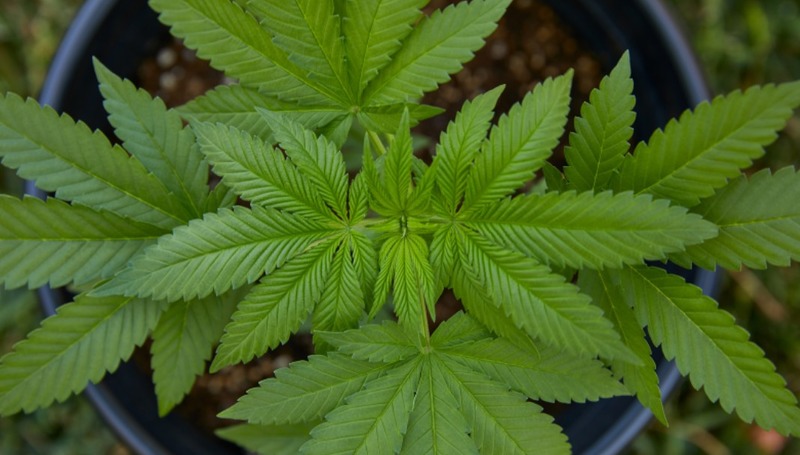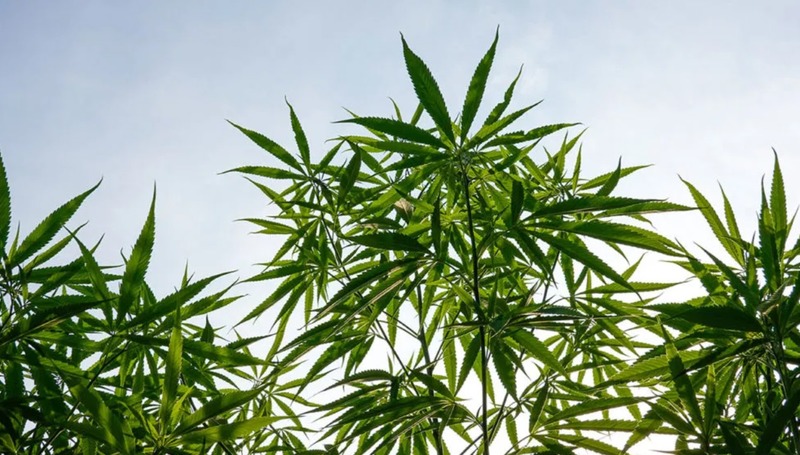You’ll discover a variety of weed leaves with various effects, aromas, and flavors out there. However, they all have one thing in common: They’ve all been derived from one of three primary cannabis species – sativa, ruderalis, or indica. Simply stated, each name indicates the distinct genetics in the cannabis plant family, while each sort of leaf has its own set of characteristics.
The majority of individuals utilize cannabis in order to anticipate the impacts of a certain strain. This implies that understanding plant genetics will enable growers to make better selections when it comes to creating the ideal strain.

What You Should Know About the Different Types of Weed Leaf
The three most common weed leaf types are sativas, indicas, and ruderalis. Sativas are generally more alerting than indicas. Individual plants, on the other hand, will have a distinct impact based on how they were grown and the plant’s chemical makeup. As a result, you have “strains,” which essentially utilize the content of terpene and cannabinoid to distinguish one weed leaf from another.
The effects of each strain will be determined by the chemicals it contains. Indica, sativas, and ruderalis are all from different branches of the cannabis plant family. This means that various strains with varying amounts of each family are available.
Before we get into detail with each of the above categories of marijuana leaf, “hybrids” should be discussed. Breeders can modify the quality and features of their strains by combining various types of cannabis plants. Many hybrids are created to maximize THC levels, which is the psychoactive chemical in cannabis.
If this seems strange, don’t worry; it’s a common practice among farmers and producers to create a weed leaf that reduces stress, anxiety, or chronic pain. Furthermore, many growers enjoy creating a trademark product for customers to enjoy and remember, and they want to tell the rest of the world about their discovery!
What Does an Indica Leaf Look Like?
The indica leaf is one of the most powerful cannabis strains, having been discovered in 1785 by a British botanist for a type of marijuana that grows in India. The indica leaf is short and robust, with between seven and nine broad, finger-like structures. “Indica-dominant strains are typically stocky bushes with fat and wide leaves that develop quickly,” according to Steve Somoza of Hydroponics, Inc. in Los Angeles, California.
Indica leaves are small and compact, making them ideal for cultivation indoors. Indicas have a rich green color because to the high chlorophyll content, as indicas are a dark shade of green. Hindu Kush, Purple Kush, and Afghani Kush are three excellent indica strains.
The indica leaf is short and stout, with seven to nine broad, finger-like features. The slender sativa leaf has more fingers than the indica leaf, sometimes as many as thirteen.
What Does a Sativa Leaf Look Like?
Sativa plants, unlike indica plants, do better outside owing to their taller stature (up to 12 feet). The sativa leaf is thinner than the indica leaf and has more fingers, sometimes as many as thirteen.
Sativa-dominant genetics, in contrast to indica leaves, “generally grow long, take longer to mature, and produce narrower leaves,” according to Somoza.
A lighter shade of green distinguishes between an indica and a sativa leaf, with indicas being greener. Pure sativa strains include Jack Herer, Panama Red, and Durban Poison, but critics question whether these are truly pure. Depending on the plant, Jack Herer may be 80 percent sativa and 20% indica.
What Does a Ruderalis Leaf Look Like?
Ruderalis is a wild strain of cannabis that originated in Russia and Central Asia. It’s smaller than sativa and indica, growing to only a foot or two tall in the wild. Each plant has just three to five slender fingers as opposed to the ten-fingered leaves of sativa and indica varieties. Russian Auto CBD is one of the few known pure ruderalis strains because most mixtures include it.
What Is a Hybrid Cannabis Leaf?
Pure marijuana strains are hard to come by these days, and hybrids are common. Hybrid leaves are more difficult to differentiate because they may express the characteristics of their parents in different ways. White Widow, Cannatonic, Blue Dream, Gorilla Glue #4 x Chemdawg, and Sour Diesel are just a few of the many popular hybrid weed strains available.
Common or Coveted Strains of Weed and Effects
There are a variety of weed strains in existence, each with its own set of characteristics and characteristics. Some are valued for their amazing effects, while others are more widespread. With the capacity to generate hybrids that combine the effects of both indica and sativa strains, there have been created “designer marijuana” strains bred for optimal quality.
The names of different types of marijuana are often intriguing, and they are frequently based on their effects, origin, or how they appear or smell. Some examples include: Purple Urkle, Willy’s Wonder, Permafrost, Pineapple Express, Strawberry Cough, and Island Sweet Skunk.
Purple Kush
Purple Kush is an indica strain with a full and relaxing body high. It has a THC concentration that is relatively high. The term “Purple Kush” comes from the color of its purple leaves and the fact that one of the strains it is derived from was cultivated in the Kush region near Afghanistan. One of the most popular Kush strains is Purple Kush.
It is frequently used by individuals who have chronic pain, depression, or anxiety because of its potential to cause bodily relaxation. It’s also utilized to relieve situational or temporary suffering.
Blue Dream
The Blue dream is a sativa-dominant hybrid strain of cannabis that has a slight sativa influence. It produces an energetic cerebral high that can boost motivation and concentration. Some people refer to it as a relaxing and pain-relieving medicine.
It’s called “The Blueberry,” and it has an unusual taste that some people liken to blueberries and sugar.
Blue dream has been used to treat a variety of ailments, with chronic tiredness, sadness, or lack of appetite as examples. It’s been called therapeutic for alleviating chronic pain and headaches.
